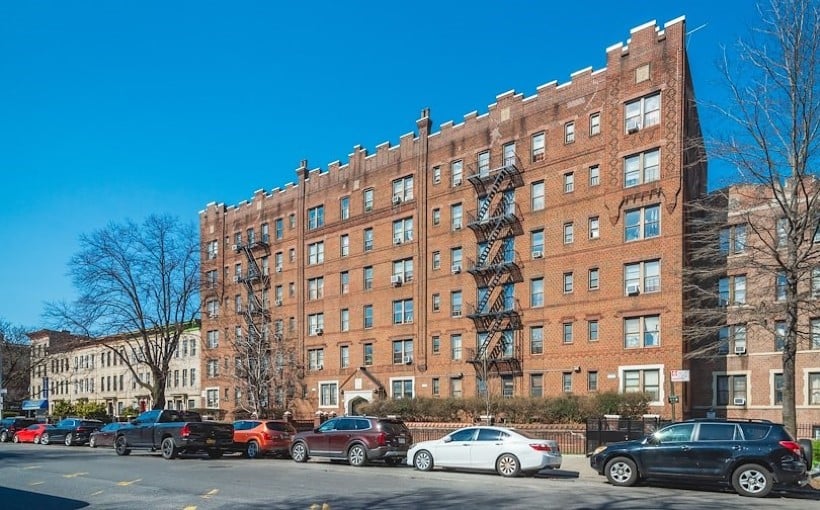Connect CRE recently spoke with economic experts for their predictions on the second half of 2024. This is the final article in a four-part series, following “Economic Recap and Federal Reserve Actions,” “Understanding Mixed Signals: Analyzing Labor and Spending Economics,” and “The Banking Sector Status: Strong or Troubled?” All three articles are currently available.
The current state of the U.S. economy can be described as a mixed bag, according to Omar Eltorai from Altus Group. While Q2 real GDP estimates show an annual rate increase of 2.8%, employment growth is starting to slow down. The Federal Reserve also continues its stance on higher interest rates until inflation shows signs of decreasing.
In light of this situation, Connect CRE reached out to industry experts for their insights on what we can expect in the second half of 2024 regarding economic trends and commercial real estate impacts.
Is There Clarity at The Fed?
During recent news coverage, it was announced that there will be no changes made by The Fed when it comes to effective federal funds rates (EFFR), which currently stands at about 5.3%. However, Jerome Powell hinted that there may be potential rate cuts during September’s meeting with the Federal Open Markets Committee.
Accordingly, most economists predict that there will indeed be cuts later in 2024 but differ when it comes to how many or by how much they’ll decrease.
Stephen Buschbom from Trepp Inc.’s Research Department believes that if economic growth slows down while labor market conditions normalize and inflation remains steady where it’s at now – then we might not see any changes until later next year; however if consumer spending decreases significantly along with labor data – then multiple cuts could occur before over-tightening becomes an issue.
Omar Eltorai adds his perspective stating even one or two rate reductions won’t automatically stimulate change across various sectors including commercial real estate. This is due to tight credit conditions that many companies are currently facing.
Jay Denton from Radix Economics agrees with this sentiment, stating that even if interest rates decrease, they will still be much higher than what was initially underwritten a few years ago.
On the other hand, Eric Enloe from Partner Valuation Advisors believes that one rate cut by the end of 2024 could have a positive impact on financing and investment activity – especially in the multifamily sector where operating fundamentals remain strong.
Jonathan O’Kane from Chandon Economics also adds his insight by saying that expectations for future economic outlooks will have more influence on long-term yields rather than The Fed’s decisions. He predicts an increase in leasing and sales activity towards the end of 2024 before normalizing significantly next year.
The Political Angle
It’s common knowledge among economists and industry experts alike; national election results don’t typically show their true effects until several months after new officials take office. However, Omar Eltorai points out how political chatter can create volatility within markets which could potentially affect commercial real estate trends as well.
Meanwhile Jonathan O’Kane anticipates upcoming budget conflicts between congress members leading up to November elections – making it difficult for both chambers to pass comprehensive budgets for FY 2025 (which ends just before November). Furthermore he expresses concerns about fiscal responsibility being compromised due to lack of bipartisanship which may result in negative long-term economic consequences.
More Real Estate Activity Expected
Despite potential challenges such as job market fluctuations or debt maturity issues, Ryan Severino from BGO remains optimistic about increased investment interest during second half of 2024. He notes an uptick in potential deals already taking place while income returns stabilize alongside appreciation returns remaining consistent over time – ultimately resulting in positive total returns over medium term periods.
Eric Enloe also expects opportunities arising throughout various sectors including large investors like Blackstone or KKR capitalizing on potential deals.
However, Omar Eltorai reminds us to manage expectations by not comparing current market trends to previous years – as any improvements will likely be minimal compared to the booming “free-money recovery” period in 2021-2022 or even the more “normal” years of 2017-2019.
The Challenges Remain
Despite positive outlooks for increased real estate activity, there are still challenges that may affect commercial real estate. For example Jay Denton notes a decrease in traffic during prime leasing season and concerns about job creation weakening towards end of year. Stephen Buschbom also points out slow construction pipelines due to high interest rates and tight lending standards along with inflation and supply chain issues.
Ray Perryman from Perryman Group adds that despite efforts for employees returning back into offices – office absorption remains sluggish with many cities experiencing high vacancy rates. Additionally he mentions debt maturity challenges even if rate cuts occur later this year.
Nevertheless, Ray believes that areas with strong economic growth will eventually balance out supply and demand while history has shown an ability for innovation during tough times; ultimately leading him believe this situation is only temporary.




